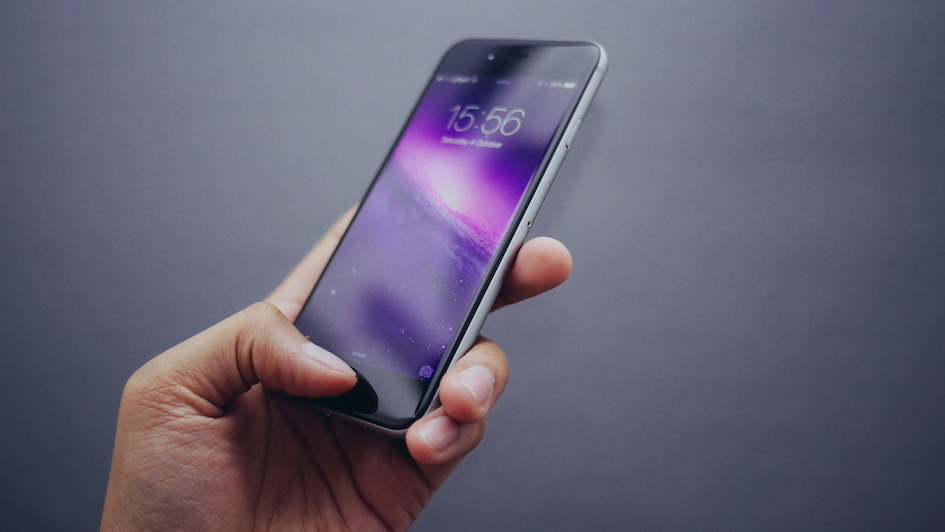
GE – Transforming a Big Iron Company into a Big Data Brand
The 124 year-old company, whose roots spring from inventor Thomas Edison, is repositioning itself as a “digital industrial company,” and experimenting across new platforms to drive the transformation.
“GE is going through its’ biggest corporate pivot in a generation in terms of becoming a company that’s as much about software as it is hardware. This intersection of ‘big iron’ and big data … simply put, the challenge is, how do we add a digital layer to GE machines so our customers know when the machines will operate at their maximum. For GE this is a giant step forward.”
Recognizing that it’s impossible to keep up with the flood of innovations in marketing technology, Linda Boff, CMO of GE, said in a keynote address at the Modern Marketing Summit in New York, “As marketers we have this gene for being interested in what’s next. GE is a ‘what’s next’ company. We talk about the brand being in motion, so robotics, AI, 3D manufacturing, and printing, etc. is our future as well. When we hear about a new platform, we’re pretty quick to jump. We don’t lose much by experimenting; in fact we gain a great deal. It’s a combination of being agile and able to move fast.”
“We don’t sit around and say how can we be cool,” Boff said. “We actually think we are cool to certain people. It‘s really about getting in touch with who we are as a brand and then finding cool ways to talk about it.”
When asked her view of telling better stories across platforms, “I’m not a fan of the phrase ‘branded content.’ At GE, our high watermark is not branded content; it’s great content, whether it’s television, the Internet, wherever. Content is content and people don’t make allowances for branded content that’s not as good as otherwise. What we strive for, whether it’s six seconds, six minutes or six hours, as in the series ‘Breakthrough,’ is good content. Then you look for context. Where will people find it and how will it fit within that context. It really is about creating the very best stories possible.”
Mobile Advertising: Finding Opportunities in the Chaos
A GumGum survey of 300 agency media buyers and planners uncovers some of the challenges and opportunities in mobile marketing today, while several marketers offered practical insight:
Phil Schraeder (Moderator) – President, COO, GumGum
Bob Walczak – Global CEO, Light Reaction
Rachel Weiss – VP, Digital Innovation and Entrepreneurship, L’Oréal
2016 is the year of mobile, again! Today 31% of brands reported that 40% of site visits came from mobile, and it’s expected to grow 11% this year. Agencies are assisting clients build mobile optimized sites, with 51% of clients now at work here, while 47% focus on apps to develop content for mobile channels.
GumGum discovered a glaring gap between mobile usage and mobile ad spend – 84% of mobile spend does not align with the rise of mobile usage. 23% of agency reps said that less than 10% of client budgets are spent on mobile; 26% don’t run any tablet ads.
Why? One-third could not attribute any money spent to conversions or purchases. Nearly a third (29%) could not quantify whether their campaigns were successful. So why invest more?
What are the mobile priorities today?
The top two? Driving mobile visitors to the brand’s website and the desire to grow their brand affinity to the audience that spends most of their time on mobile. Other key areas of focus include how to convert to purchase and driving app installs.
While everyone is watching the mobile space, usage grows but ad dollars have not yet followed. The challenges include measuring mobile ROI, the creation of effective mobile marketing campaigns and how mobile fits into a brand’s overall marketing strategies.
Mobile is a Vehicle
“At L’Oreal, we think about the mobile device as a vehicle, which is very different than what we learned in the ’90s about advertising on websites,” said Rachel Weiss. “I’m not surprised that mobile is broken but it’s an exciting time in marketing because of what we can invent.”
Brands don’t care where outcomes are driven from and are struggling to master cross device marketing. “It’s a matter of figuring out where transactions take place and playing to that audience,” noted Bob Walczak. “Optimize where transactions take place.”
“The measurement attribution side is where you start tracking users from device to device so you can understand the full journey and can optimize it more effectively,” added Walczak. “Mobile drives impact – there’s value there – but it’s how you play to the user at the point of interaction.”
Psychologically viewers interact with each screen environment in very different ways. “We don’t think about mobile advertising,” said Weiss. “We don’t think about it as disruption anymore. We think about it as creating experiences and how the device can be the center of an experience that is specific, useful, and adds value to our portfolio and for the consumer.”
“We look at mobile as prospecting, filling the funnel with potential clients, and then retargeting and bringing them along the funnel, measuring impact where you convert and then delivering advertising there,” said Walczak. “We look forward to when we can do cross device frequency mapping and look at where the initial view and click was delivered and where it was converted, even to foot traffic in-store. Attribution is still the trickiest part.”
With media so fragmented it’s a creative challenge to produce effectively across channels. “We’re creating content specific to that mobile device,” noted Weiss. “I think there’s about to be a gold rush in Messenger, which will change the game and present opportunities, in perhaps two years, to solve many of these problems as we see gaming, shopping and customer care live within the Messenger environment where it’s very personal. I think it will open a new world of attribution and conversion.”